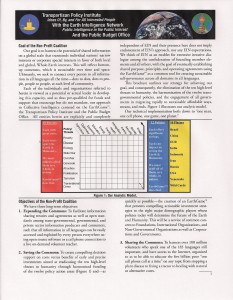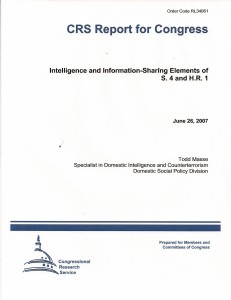
Reference: Congressional Research Service (CRS) Report on Information Operations (IO), Electronic Warfare (EW), and Cyberwar: Capabilities and Related Policy Issues
Congressional Research ServiceInformation Operations (IO) is improperly defined by most as being technical in nature. It is not. Properly understood, IO should cover the totality of information in all its forms, and Human Intelligence (HUMINT) is the primary player. Below is a fine CRS report on this topic from an electronic point of view.
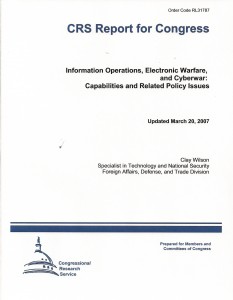
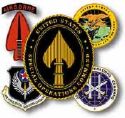 The Special Operations Command (SOCOM) gets it. They like to say:
The Special Operations Command (SOCOM) gets it. They like to say:
“Secret intelligence is 10% of all-source intelligence; and all-source intelligence is 10% of Information Operations.”
Below are links to our HUMINT article and to the book on INFORMATION OPERATIONS: All Information, All Languages, All the Time.
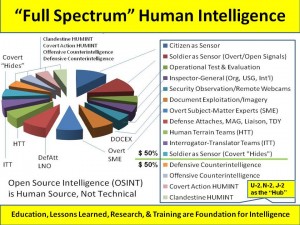
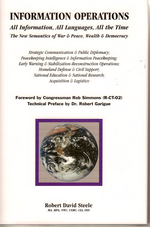
John Heidenreich: The Intelligence Community’s Neglect of Strategic Intelligence
Advanced Cyber/IO, Articles & Chapters, Collaboration Zones, Ethics, Government
PDF: 2007-03-01 Neglect of Strategic Intelligence
The Intelligence Community’s Neglect of Strategic Intelligence
Commonly misunderstood, we neglect it at our peril. The architects of the National Security Act of 1947 would be greatly surprised by today’s neglect of strategic intelligence in the Intelligence Community.
by John G. Heidenrich
Studies in Intelligence, March 2007
Continue reading “John Heidenreich: The Intelligence Community's Neglect of Strategic Intelligence”
Reference: How Not to Study the World-Wide Web (WWW)
Advanced Cyber/IO, Articles & Chapters, Cultural IntelligenceABSTRACT: In his book, Linked: How Everything is Connected to Everything Else and What it Means for Business, Science, and Everyday Life, Albert-Laszlo Barabasi gives us a detailed analysis of the typology of the WWW. In so doing, he makes many errors from which we can derive important lessons about ways not to study the WWW or complex networks in general. These lessons are crucial from the point of view of the philosophy of science, and suggest that more care and reflecivity is called for in pursuing WWW research. This paper is intended to provided imputus for meaningful thought and further discussion.
CONTENTS:
Introduction: Quality and Quantity
Network Analysis (Analytical Dimensioins of Networks, Robot Typology, Network Density, Assessing the Value of Hubs and Non-Hubs, The Effect of Search Engines on Typology)
Static Quality (Proportional Linkage, Website Design, Valuable Referrers, The Effect of Closeness)
Dynamic Quality (The Myth of Fitness, Competition is Cooperation, Survival of the Fitters, Innovation Changes the Landscape, Limits to Growth, Alternative Norms to Preferential Treatment
Conclusion: Getting It Right
Reference: 21st Century Governance as a Complex Adaptive System
Advanced Cyber/IO, Articles & Chapters, Cultural IntelligenceABSTRACT: The Information Revolution combined with connective technologies creates a unique global social network. This network is vulnerable to cascades of information, norms, and coordinated action. The inherent unpredictability of the information society demands new kinds of governance that focus on rapid network-coordinated response over centralized predictive planning.
CORE QUOTE: “Power, as the capacity to impose behavior, lies in the networks of information exchange and symbol manipulation, which relate social actors, institutions, and cultural movements.” Citing M. Castells, End of Millenium (Oxford, UK: Blackwell Publishers, 2000), p. 379.
Reference: Earth Intelligence Network Analytic Concept
Memoranda, United Nations & NGOs, White PapersReference: Intelligence at the United Nations for Peace Operations
Peace Intelligence, White Papers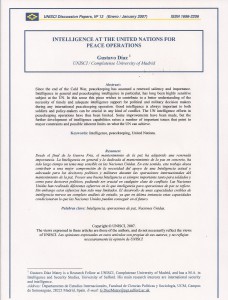
Gustavo Diaz
Introduction
1. The problem of the concept “Intelligence” within the UN terminology'
2. The concept of secret in the UN
3. The necessity of intelligence
4. Basic Principles in Peacekeeping Operations
5. The problem of Intelligence sharing
6. Possible sources of information within the UN
Conclusion

